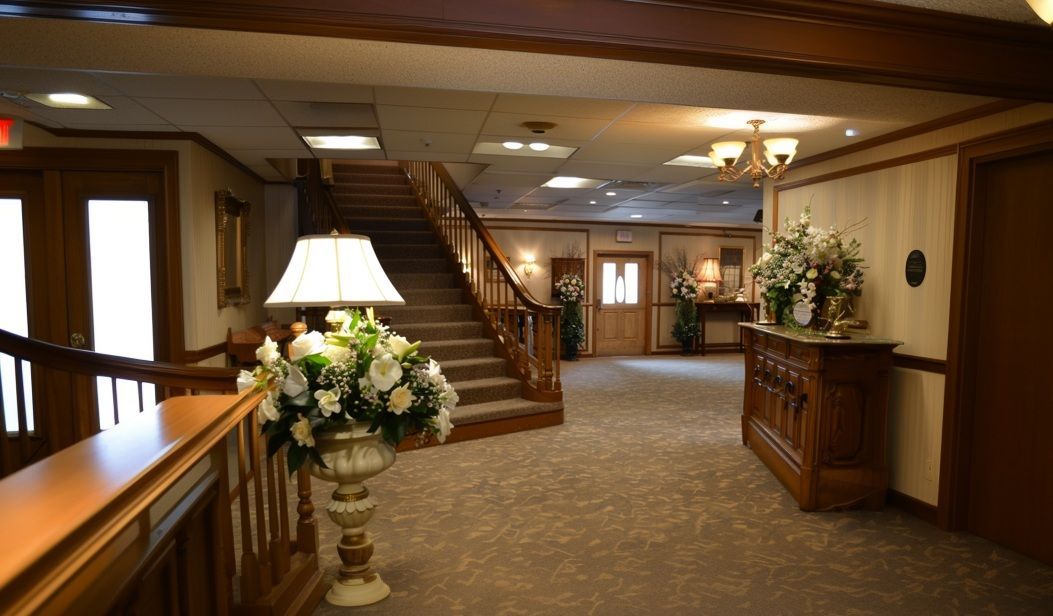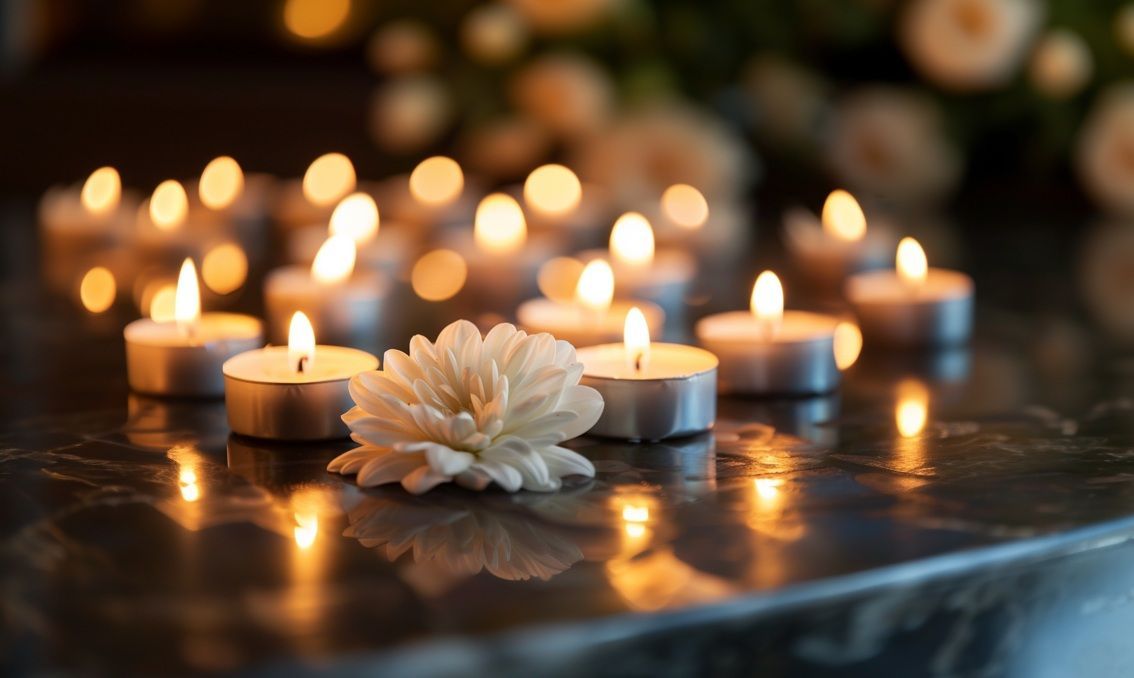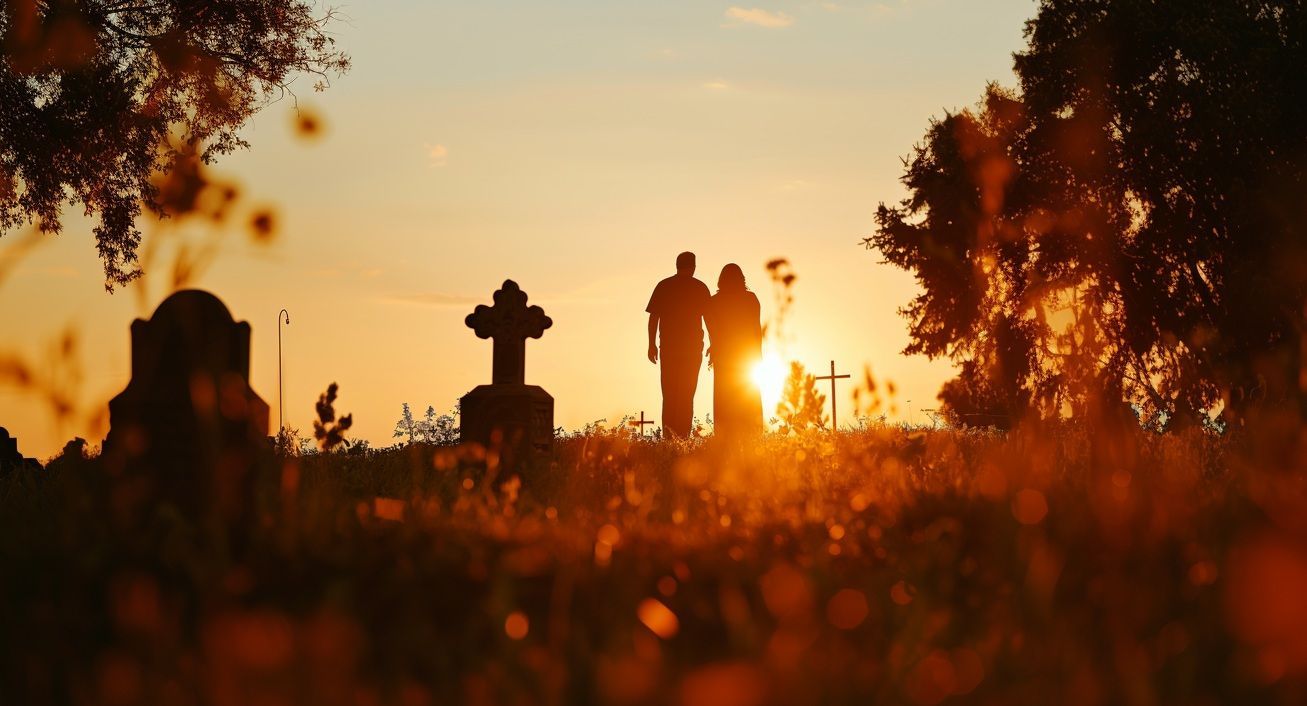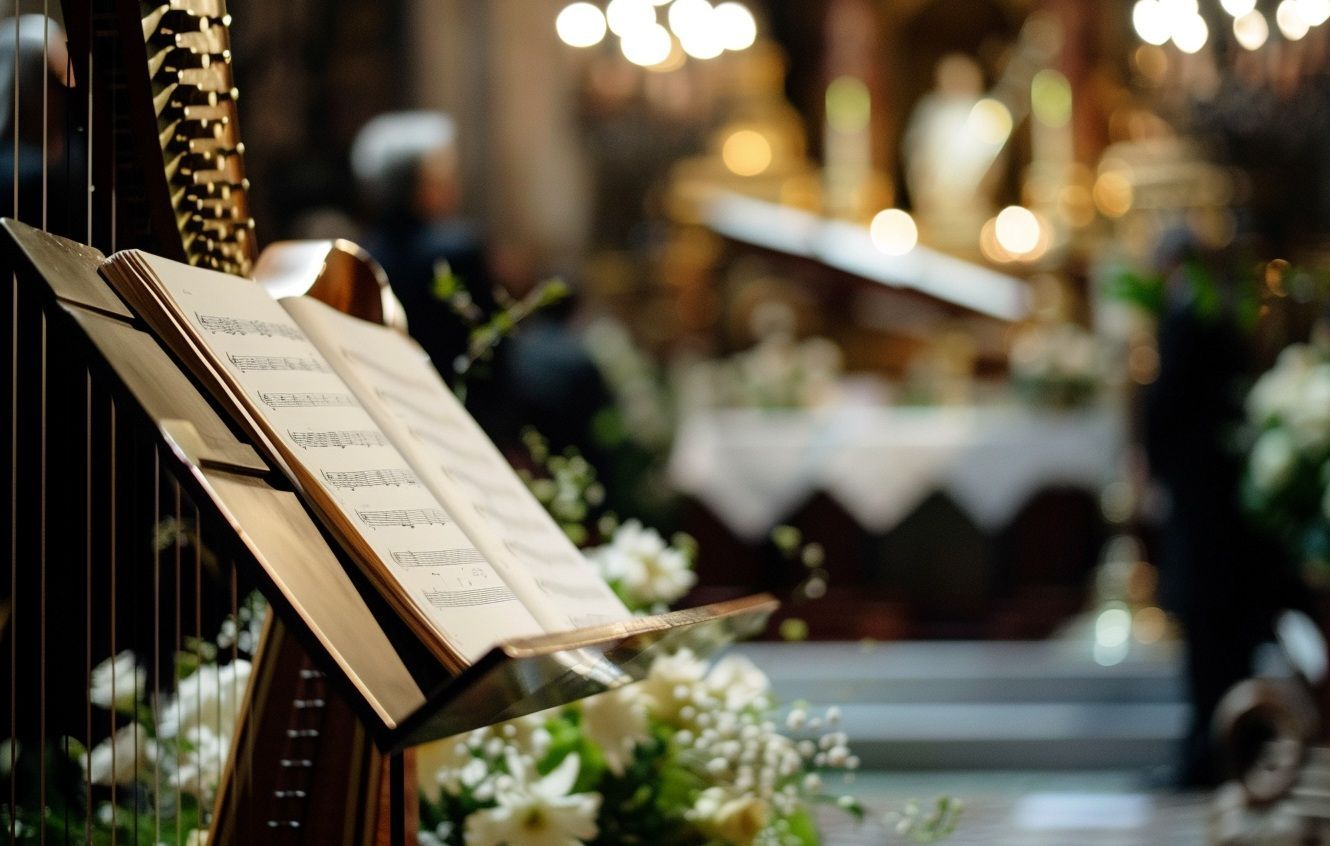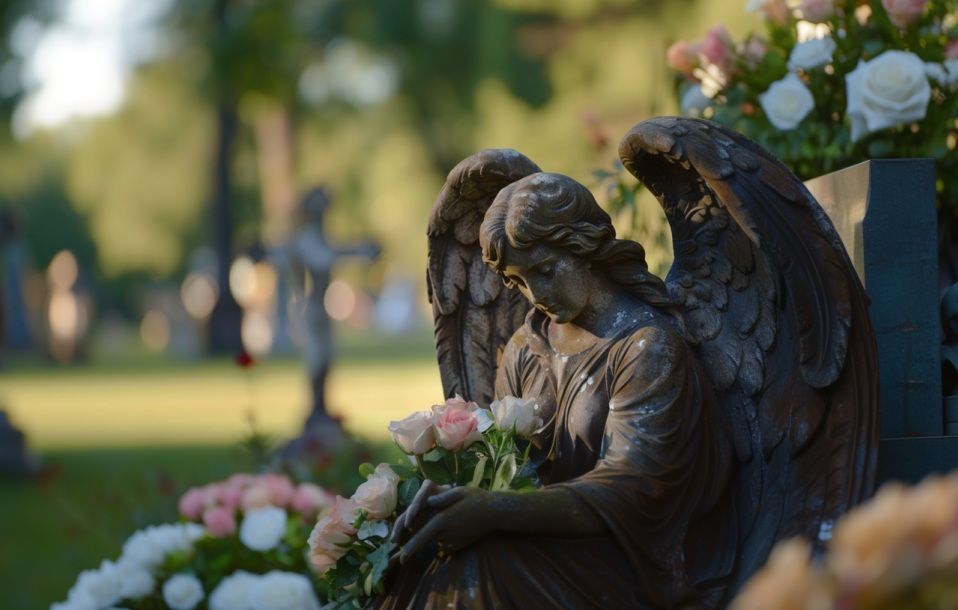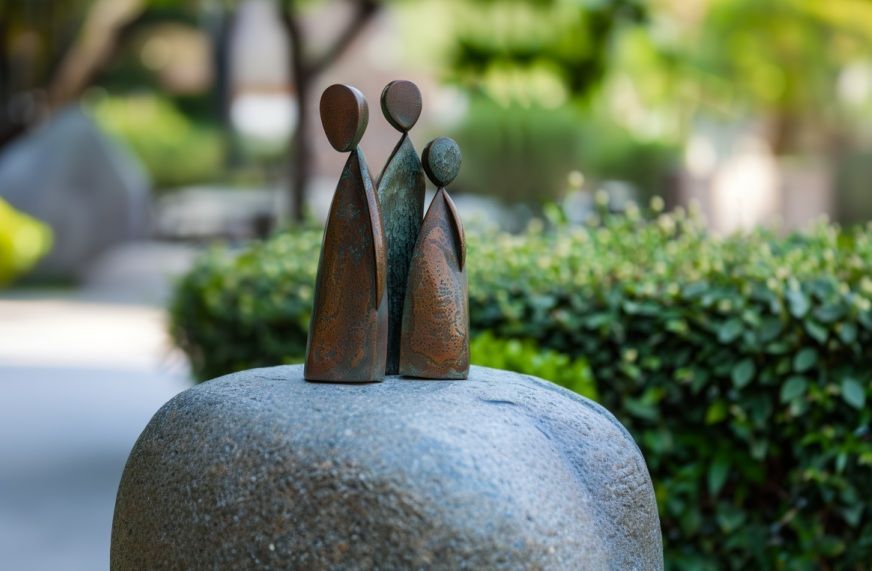Frequently Asked Questions - Cremation
Top 15 Questions About Cremation

1. What is cremation?
Cremation is a method of final disposition of a body through burning. The body is placed in a cremation chamber and subjected to high temperatures, reducing it to ashes and bone fragments.
2. How long does the cremation process take?
The actual cremation process typically takes about 2-3 hours. However, additional time may be needed for paperwork, preparation, and cooling of the remains.
3. Is a casket required for cremation?
No, a casket is not required for cremation. However, the body must be placed in a rigid, combustible container. Many crematories offer simple, inexpensive cremation containers.
4. What happens to the ashes after cremation?
The ashes, also known as cremated remains, are typically placed in an urn. They can be kept by the family, scattered in a meaningful location, buried, or placed in a columbarium.
5. Can multiple bodies be cremated at the same time?
No, it is illegal to cremate more than one body at a time in the same cremation chamber, ensuring that the ashes are kept separate and identifiable.
6. Is embalming required before cremation?
No, embalming is not required before cremation. It may be necessary if there will be a public viewing or service with the body present.
7. Can I still have a funeral if I choose cremation?
Yes, you can have a traditional funeral service before the cremation, a memorial service after the cremation, or any other type of service that suits your preferences.
8. What do cremated remains look like?
Cremated remains are usually pale gray or white in color and have a coarse, sand-like texture. They are often referred to as ashes, though they are actually pulverized bone fragments.
9. How much does cremation cost?
The cost of cremation varies depending on the location and the services selected. Direct cremation, without additional services, is typically less expensive than a traditional funeral with burial.
10. Are there religious views on cremation?
Views on cremation vary widely among different religions and denominations. Some religions permit it, while others may discourage or forbid it. It's important to consult with your religious leader if you have concerns.
11. Can jewelry or other items be cremated with the body?
Personal items, including jewelry, can be cremated with the body if desired. However, items that are not combustible or pose a risk (like pacemakers) must be removed before cremation.
12. What regulations govern cremation?
Cremation is regulated by state and local laws, which vary by location. These regulations cover aspects such as authorization, handling of remains, and environmental controls.
13. Can I witness the cremation?
Many crematories allow family members to witness the cremation process if they wish. This can be an important part of the grieving process for some people.
14. What can be done with the ashes?
Ashes can be kept in an urn, scattered in a meaningful location, buried, or placed in a columbarium. There are also creative options, such as incorporating ashes into jewelry, artwork, or even fireworks.
15. Is cremation environmentally friendly?
Cremation has both environmental pros and cons. It requires energy and produces emissions, but it also uses less land than traditional burial. There are eco-friendly cremation options available, such as water cremation (alkaline hydrolysis).
If you have more specific questions or need further information, feel free to ask!


